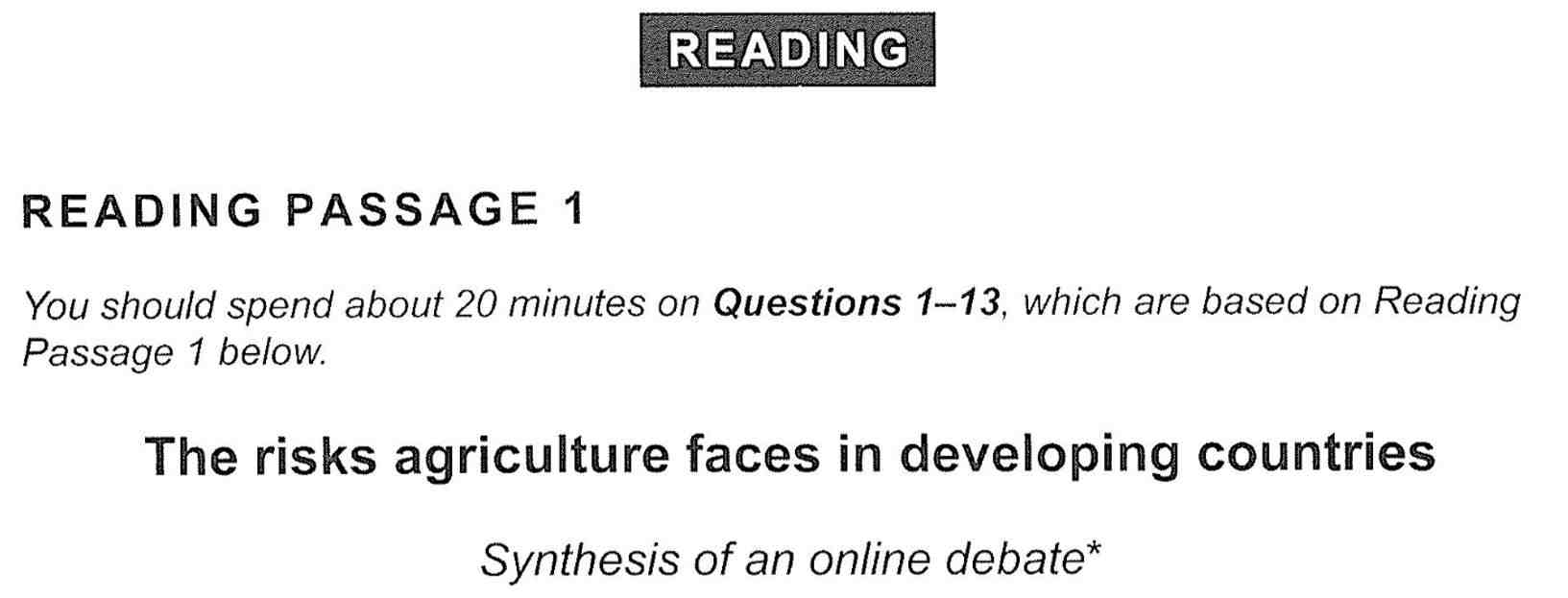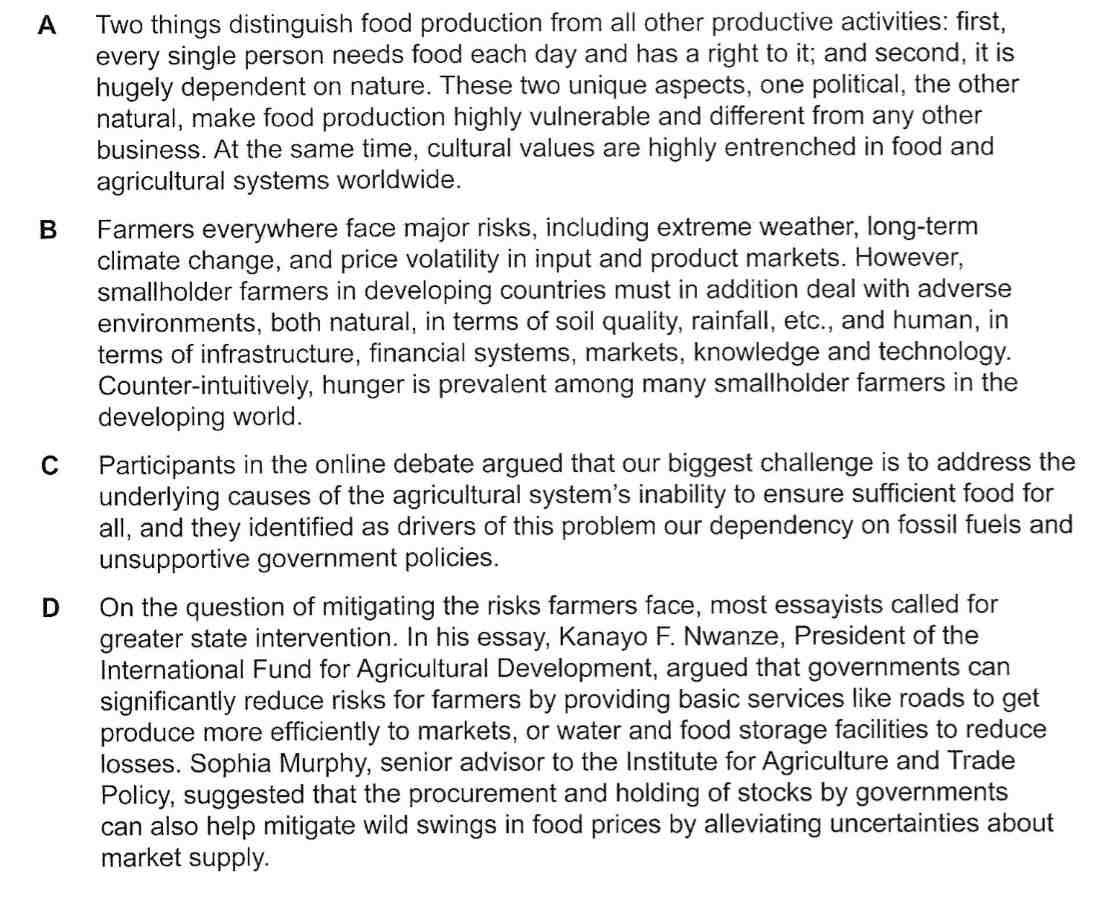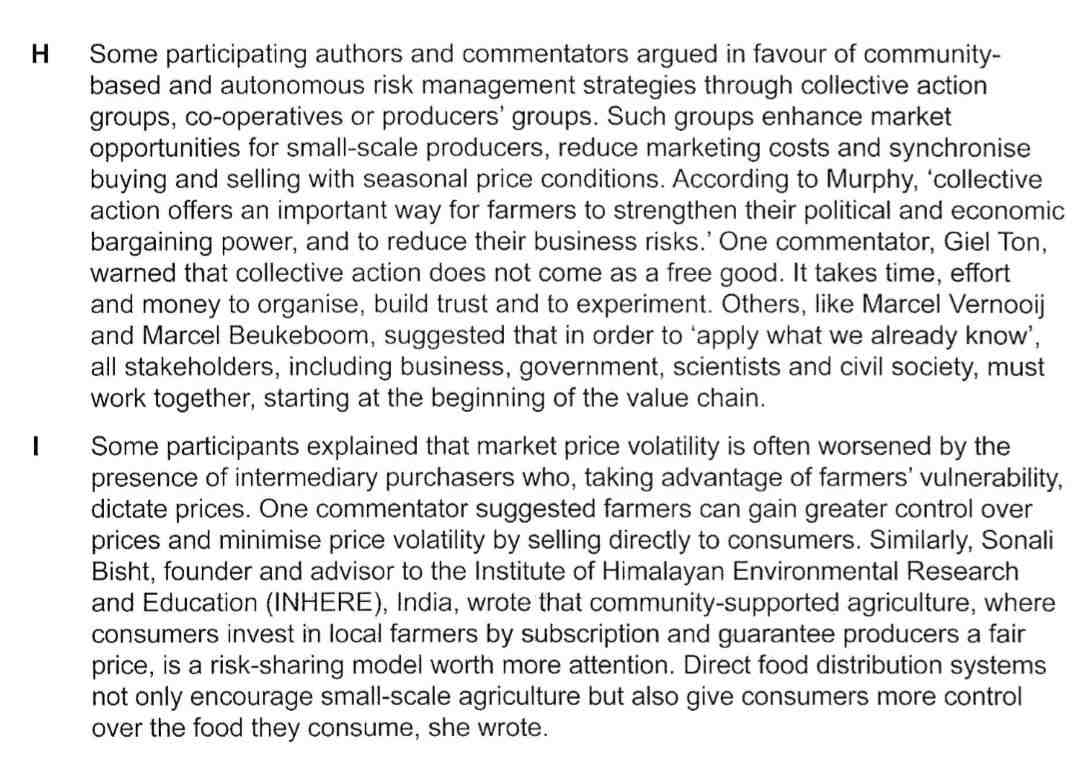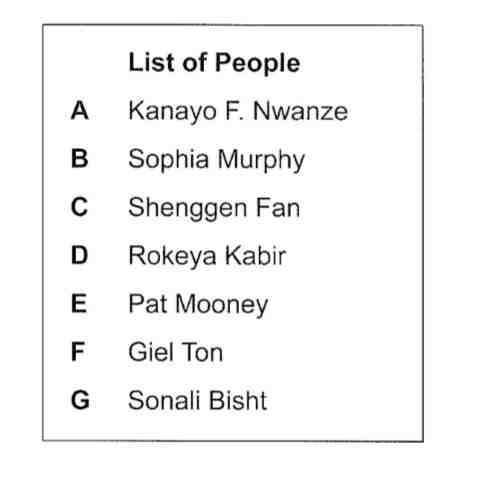These are the 6 basic steps for IELTS reading that you will be taught about in every course and will help you to read faster!
I’ve been teaching and examining IELTS for years and this is the first lesson I do on reading every time. These are the building blocks.
Be sure to avoid the mistakes that most students make on writing by signing up for my exclusive IELTS Ebooks here on Patreon.
Let’s get started!
Dave
Step 1: READ THE TITLE (5 Seconds)
Don’t spend too much time here thinking about it. Just read it, get an idea of what you will be reading about and get started.
This is a reading from Cambridge IELTS 12 (real past test papers).
For this one the title is ‘The Risks Agriculture Faces in Developing Countries.’
You can imagine that the article will be scientific, that it will talk about specific poor countries, about agricultural methods and why these countries have problems with agriculture sometimes.

IELTS Reading Steps
Step 2: SKIM FOR THE GIST
This is the most important step – in fact it is the most important skill in all of IELTS reading.
To skim means to read quickly for the overall meaning of the passage, not just the specific details.
It is like drawing a rough map of the passage, without all the street names filled in.
You should skim an IELTS reading (2000 – 3000 words) in 2 – 3 minutes. The reason why it has to be so fast is that you want it to stick in your short term memory.
When you read the first question you should still have that rough map in your head – you don’t want it to fade. If it takes longer than 3 minutes then it will start to fade and won’t be as useful.
So how exactly do you skim?
To skim you should read:
1. The topic sentence of each paragraph. Read this slowly. It is the most important sentence.
2. The keywords. Read the rest of the paragraph faster, skipping words and details and focusing on some keywords (nouns and verbs).
You should ignore:
1. Words that you don’t know. There is no time to figure them out now (hopefully it is not too many – if it is too many then you are not ready to be studying IELTS yet.)
2. Small details like names, years, and places – you can easily locate those later!
3. Small grammar words like: is, are, of, the, a, to, etc. If you take those out of the sentence you can still understand it because they have very little meaning – ignore them for now!
It’s important for you to remember that skimming is an IELTS skill ONLY. It does not make you a good reader – just the opposite: it makes you a bad reader. But it is useful for the test so you should improve this skill to be able to do the IELTS reading quickly.
The best way to practice is with practice tests or by reading the news everyday.
Practice skimming this passage by focusing on the topic sentences and keywords (should take you 2 – 3 minutes):
Step 3: READ THE INSTRUCTIONS
This one is obvious! But the more practice tests you do, the faster you can do this on the real test because you will already be familiar with the different question types.
Step 4: READ THE QUESTION
This is also obvious. Don’t read all the questions – you’re not trying to impress anyone with your memory.
Read the first question and then you can scan for the answer. It will be easier and faster to scan if you did a good job skimming before.
Step 5: SCAN FOR THE ANSWER
Scan for the answer just means to read quickly to find the answer.
Locate the keyword in the question and look for it in the reading.
Sometimes you will be able to find the keyword. For example, you might see ‘lack of demand’ in the question and then find the same phrase ‘lack of demand’ in the reading like a landmark to find the answer.
But it is more common for the keywords to be paraphrased. For example you see ‘lack of demand’ in the question and then find ‘a relatively undeveloped domestic market’ or ‘few people want to buy.’
The biggest mistake that a lot of students make is they either just look for the keyword or direct synonyms. Both of these are rare. Look for something paraphrased that means the same thing with totally different words.
Underline the keywords but don’t spend time thinking of synonyms. Instead follow your map to the part of the text where you think the answer is and read very carefully and slowly.
For most questions, the answers come in order in the reading so that will help you find the general area where the answer is.
Here are the rest of the questions if you want to do some practice now:
Step 6: WRITE ON THE ANSWER SHEET
Would be a shame to forget this step! Make sure that you write on the answer sheet and not on the test – you will not get extra time to transfer your answers from the test to the answer sheet!
What if I want to do the reading a different way?
This is the best way, in my opinion, for most students to manage their time on the reading test.
But there are some other ways. These are some of the other ideas I have heard from my former students:
‘Read the question first and then skim afterwards. If your vocab and memory are really good then this can be faster.’
‘Spend more time skimming – about 5 minutes. Then you know the text really well and it is much easier to find the answers.’
‘Don’t read it at all – just take a look at the paper of the person next to you…’
Practice and figure out which way works best for you!
Here are the answers for the reading above which is from Cambridge IELTS 12:

Here is a summary of the steps from our Instagram and Facebook pages:

Reading Steps
Comment below – what score did you get on IELTS reading?
‘When I took the test, I got…’
‘I haven’t taken the real test yet, but I’m usually around a ____ on practice tests.’
‘I keep getting the same score…’

















Nyc
I can not see pictures like before, I do not know if there connection problem or something else.
It’s working fine for me – can you try again?
very nice
Thank you!
thank you so much sir
You’re very welcome!
Hey there, my requirement is 6 in academic .but i only get 5.5 most of time.! I find the location of the answer. But always write wrong answer! What can I do?
I don’t know why but when skimming I feel like I have got a vague idea of the topic so it will work for other questions…but for matching paragraphs with correct heading I think we have to read it fully and understand it properly
That can happen – find out the approach that works best for you and keep refining it, Nadeem!
How we can improve grammer mistakes